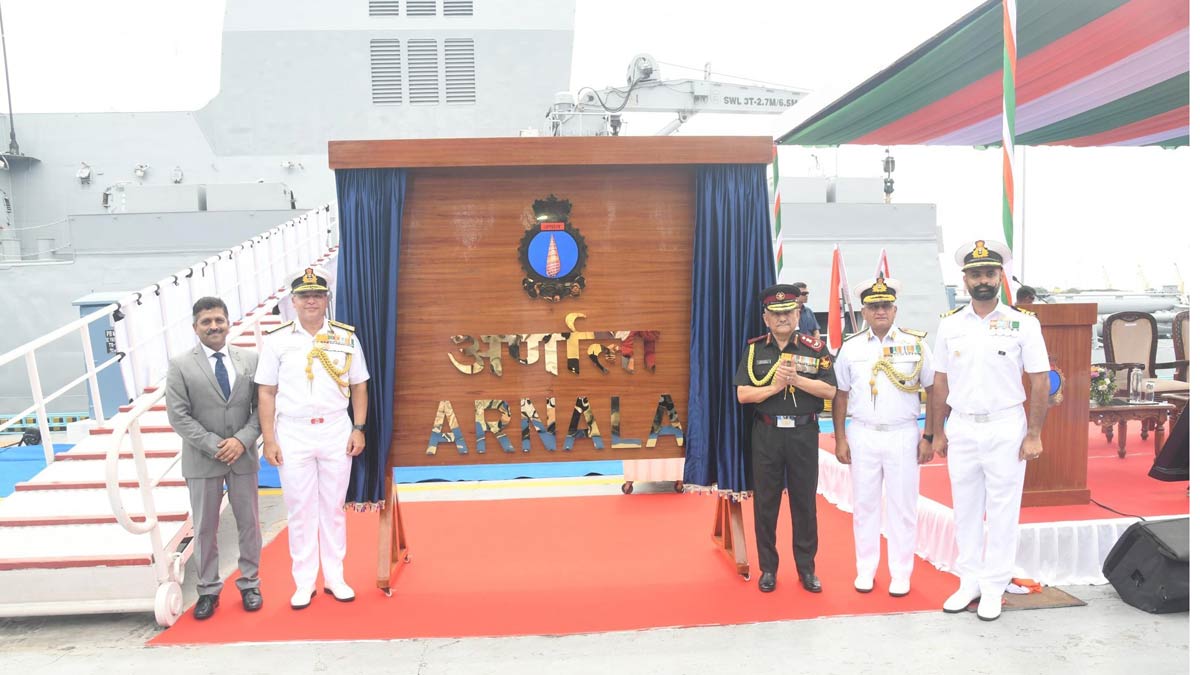INS Arnala, Indian Navy's latest weapon against undersea threats, enters service

Marking a major milestone in India’s coastal defence capabilities, the Indian Navy, on Wednesday, formally inducted INS Arnala, the first anti-submarine warfare shallow water craft (ASW SWC), in a commissioning ceremony held at the Naval Dockyard in Visakhapatnam.
Designed for full-spectrum anti-submarine warfare in coastal waters, the 77.6-metre-long, 320-tonne INS Arnala features a waterjet propulsion system powered by marine diesel engines, giving it superior agility and a shallow draught of just 2.7 metres. The ship is equipped with state-of-the-art sensors, Combat Management Systems, lightweight torpedoes, and ASW rockets, and can also undertake mine-laying and coordinated air-sea operations.
According to Garden Reach Shipbuilders & Engineers (GRSE), the makers of the warship, INS Arnala is capable of full-scale sub-surface surveillance of coastal waters as well as search and attack, and can also carry out coordinated anti-submarine operations with aircraft.
Built by GRSE under a public-private partnership with L&T Kattupalli, INS Arnala is the lead ship in a series of eight ASW SWCs ordered by the Indian Navy.
ALSO READ: EMALS-equipped Fujian aircraft carrier to supercharge China's naval might by end of 2025
Chief of Defence Staff General Anil Chauhan, who presided over the ceremony, hailed the platform as a “combat-worthy asset” that would significantly enhance the Navy’s capacity to detect and neutralise enemy submarines close to shore. He underlined that the ship's high degree of manoeuvrability, shallow draught, and advanced combat systems make it a force multiplier in coastal surveillance and fleet operations.
The warship incorporates over 80 per cent indigenous content, making it a flagship platform for the government’s Aatmanirbhar Bharat and ‘Make in India’ initiatives.
INS Arnala’s commissioning sets a precedent for future shallow water ASW platforms, which will play a critical role in defending India's 7,500-km coastline. The Navy plans to induct seven more ships of the class, enhancing surveillance, deterrence, and warfighting capabilities in near-shore zones.
Defence